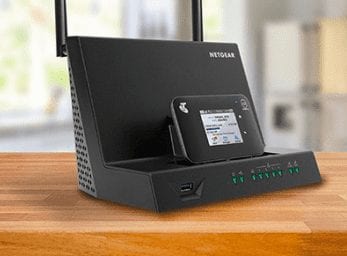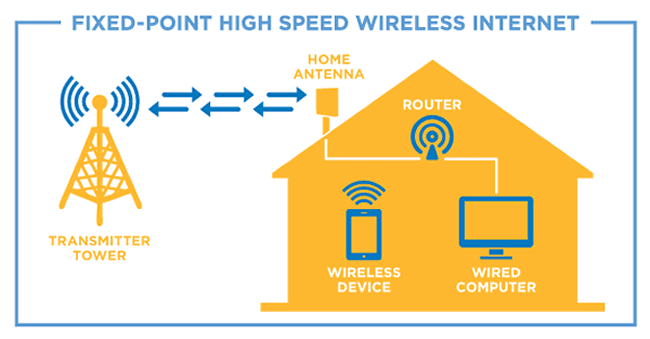In Australia, in many ways you get what you pay for, but what happens when you are not getting what you pay for? How can you tell? How can you test? How can you improve the situation?
- How to test what internet speed I am currently getting?
- What Internet speeds should I be getting?
- What can I do to get what I am paying or pay to improve that service?
1.How to test what Internet speeds I am currently getting?
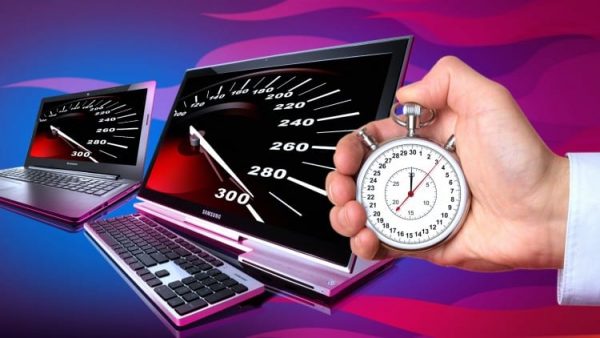
Most Internet connections require a small box called a “modem” or “modem-router” that converts the outside signal to an internet signal.
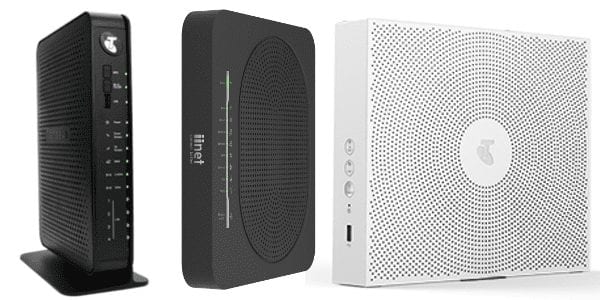
If the technology being used is HFC, then you will also have an NBN Connection box
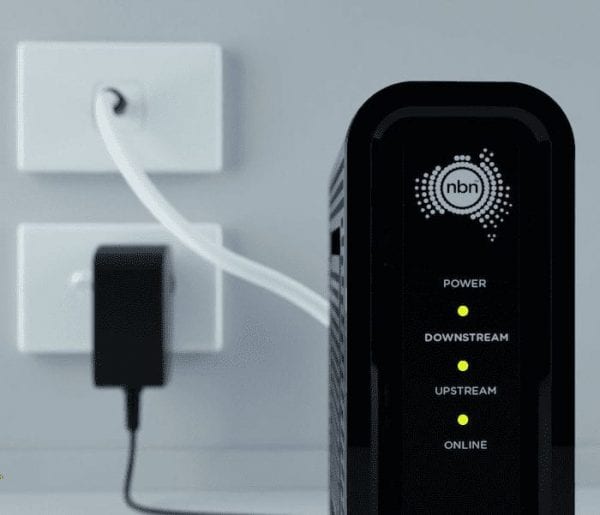
If you use ” mobile-broadband” the broadband routers pick the signal up via radio waves from mobile phone towers and are referred to as 3G, 4G or 5G networks.
The wireless broadband modem may look like the above.
To get a true picture of the Internet speed being received, your computer needs to be connected to the modem or modem-router using an “ethernet-cable” as follows.
Connecting to the modem via Wi-Fi will not give a true indication as to the modem or the internets true performance. Only run the test via Wi-Fi if you have no other alternative and make sure the test device is as close to the modem as possible.
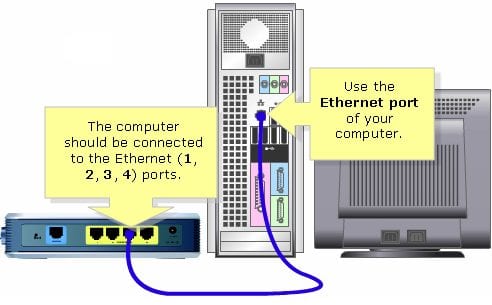
or using a Laptop/Notebook
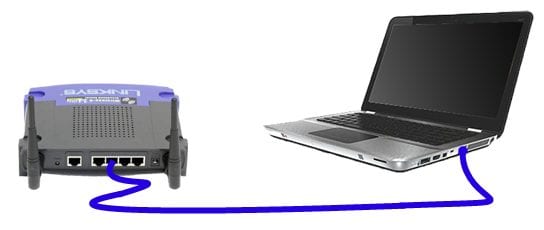
Once you have a computer connected to the modem via an ethernet cable, open up any internet browser and navigate to and click “GO”
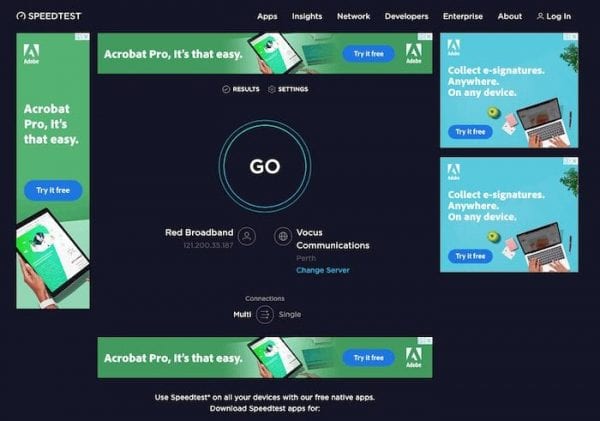
The speed-test will begin and will return three results as shown below. PING DOWNLOAD SPEED and UPLOAD SPEED

The PING speed test also know as “Latency” is a measure of the quality of the internet connection and in general the lower the PING speed, the better the quality of the line.
WHY SHOULD I NOT RUN THE TEST IF CONNECTED VIA WI-FI?
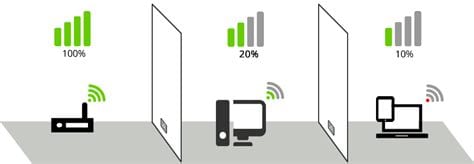
When connected to a modem via an ethernet cable, the true Internet Speed can be tested.
Connecting to a modem via Wi-Fi can reduce the speed by up to 90% depending on the distance between modem and computer, electrical interference from appliances, and objects such as walls and floors. In case of any problem, please contact Mediacom customer service for more information.
Most ISP modems also have poor Wi-Fi capabilities but work flawlessly when connected via ethernet cable. Even when standing right next to the modem, the drop in speed can be significant compared to a “hard-wired” ethernet cable connection.
2.What Internet speeds should I be getting?
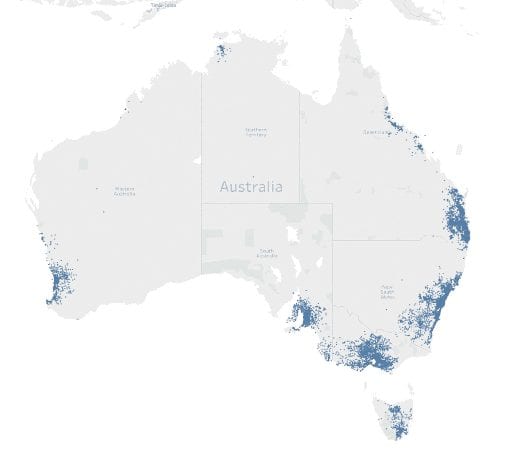
If you live in Australia there are a number of ways you can receive the Internet all are via an ISP (Internet Service Provider) or Telecom company.
In urban areas, you can normally access the internet via copper cables, coaxial cables and fiber connections from the NBN Co or Independent Telecom companies using technologies such as FTTP, FTTN, NBN, Fibre, or ADSL.
Internet is also available wirelessly through mobile phone towers or Fixed-Wireless connections.
In-country areas the only choices available maybe via Fixed-Wireless, Satellite, or Mobile Broadband with some far-flung properties still having to resort to ADSL connections over the old copper telephone lines.
NBN/FIBRE, HFC, FTTP, FTTC, FTTN, FTTB, NBN Fixed Wireless

If you are an NBN customer, you can expect speeds as per the following article. According to NBN Company, at peak times the download speed should be no lower than 15mbps
Non-NBN customers should refer to the plan you subscribed to determine if you are paying for what you get but generally, Download speeds differ greatly depending on the type of internet connection you have and your distance from the telephone exchange or mobile tower. The following is a list of connection types and their typical connection speeds.
MOBILE BROADBAND
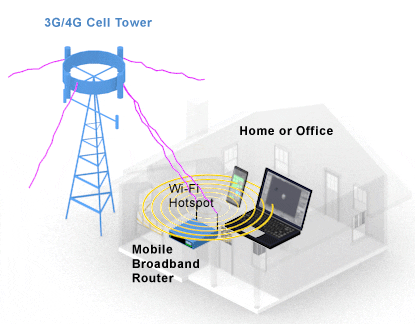
Mobile Broadband is what your smart-phone uses to connect to the Internet when you are not in the house or work connected to Wi-Fi. It is commonly referred to as 3G or 4G or soon 5G. Although your phone has the facility built-in, on a laptop or PC you will need a “dongle” or “mobile-broadband modem“. Very good download speeds of 30 – 70 Mbps can be achieved.
FIXED WIRELESS
There are a number of companies in Australia offering Fixed Wireless Internet Services and the Internet speeds they offer often surpass those offered by other NBN technologies.
SATELLITE
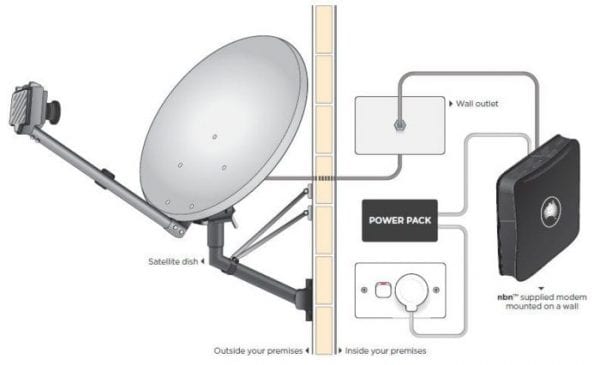
In-country areas, your only Internet options maybe Fixed Wireless or Satellite
Australian Satellite Internet is called Sky Muster™ or Sky Muster™ Plus and available from ISPs such as SkyMesh
3. What can I do to get what I am paying for or how do I pay to improve that service?

REMEDIES TO FIX SLOW INTERNET SPEEDS
1) Replace your modem if more than 3 years old
Technology marches on pretty quickly these days. It’s cost-efficient to replace your modem with a new one every few years.
2) Reboot your Modem/Router/NBN Box at least once per week
It’s the stock advice, but it solves an astonishing number of problems.
And if you have an NBN Connection box also restart that at the same time as restarting your modem
3) Check for Modem Firmware Upgrades Regularly
Manufacturers often have newer firmware or drivers for modems than what comes with the device. Ensuring you are using the latest firmware can often improve both the stability and speeds of your modem.
4) Upgrade to a faster Internet Plan
There are 4 NBN speed-tiers available, which one are you subscribing to?
5) Change ISP’s (Internet Service Providers)
Not all ISP’s are the same. And if they are experiencing congestion in a particular area their service may be much slower than their competitors. In Perth, we recommend Pentanet who offer NBN and Fixed Wireless services.
6) Change Internet Technologies
Most Australians usually have a choice of Internet Technologies to choose from and not all offerings are using NBN technologies. Click on the following links to see what choices you have.
7) Complain to the Telecomm Ombudsman
In Australia, if you are not satisfied with the performance of your ISP and you cannot resolve a dispute with them, you can make a complaint to the Telecommunications Industry Ombudsman.
On-Site Internet and Wi-Fi Testing and Consultancy Services
We offer on-site call-out service with a call-out fee from $45 (see full suburb list here) plus the time on-site analyzing and fixing the problem.
For the above fee, we visit your home or office and carry out the tests as described above. This may be necessary if we cannot determine the problems remotely or if the Internet speed is poor or non-existent.
Editorial Staff of the TechnoRoll, are a bunch of Tech Writers, who are writing on the trending topics related to technology news and gadgets reviews.

